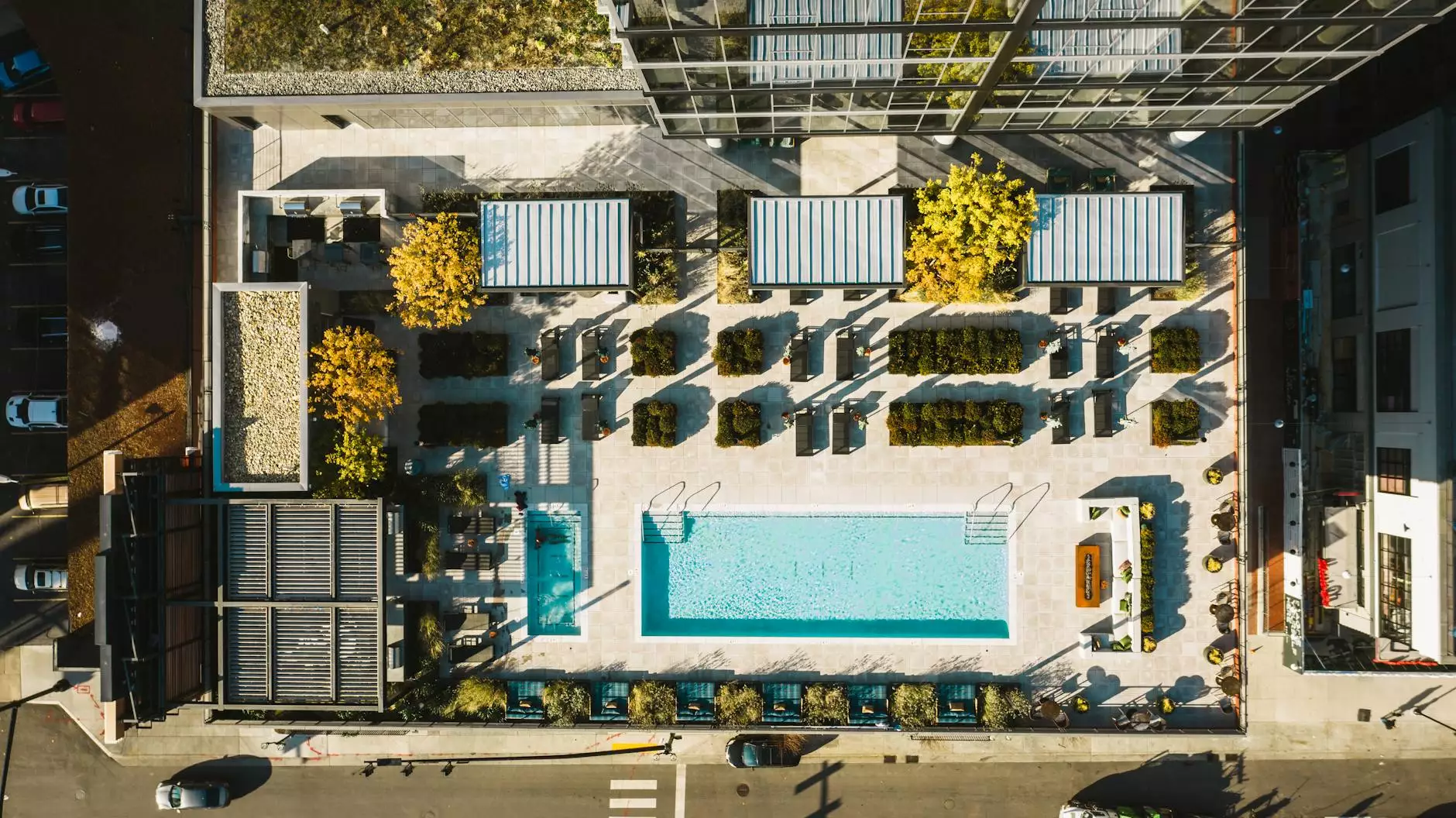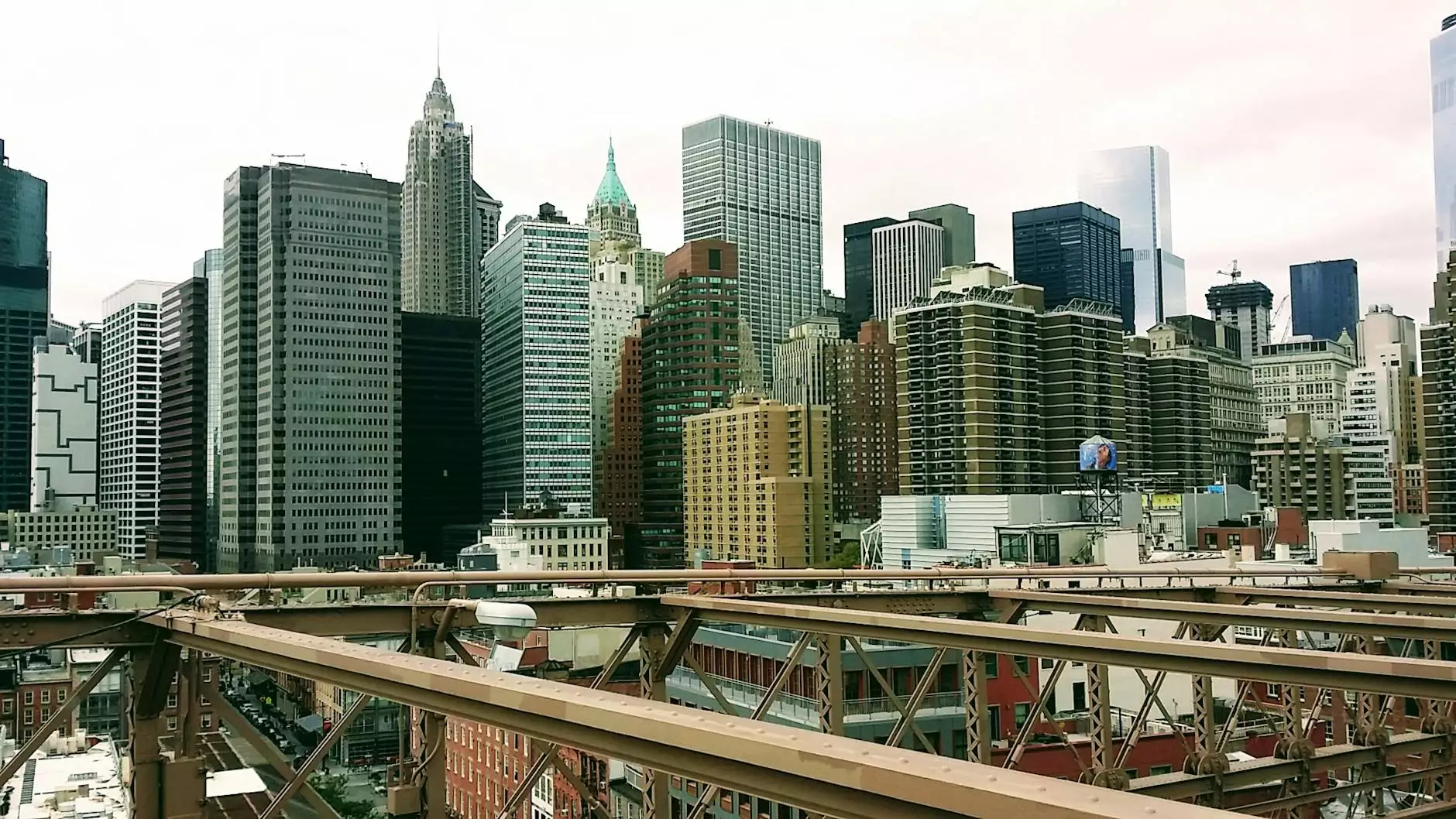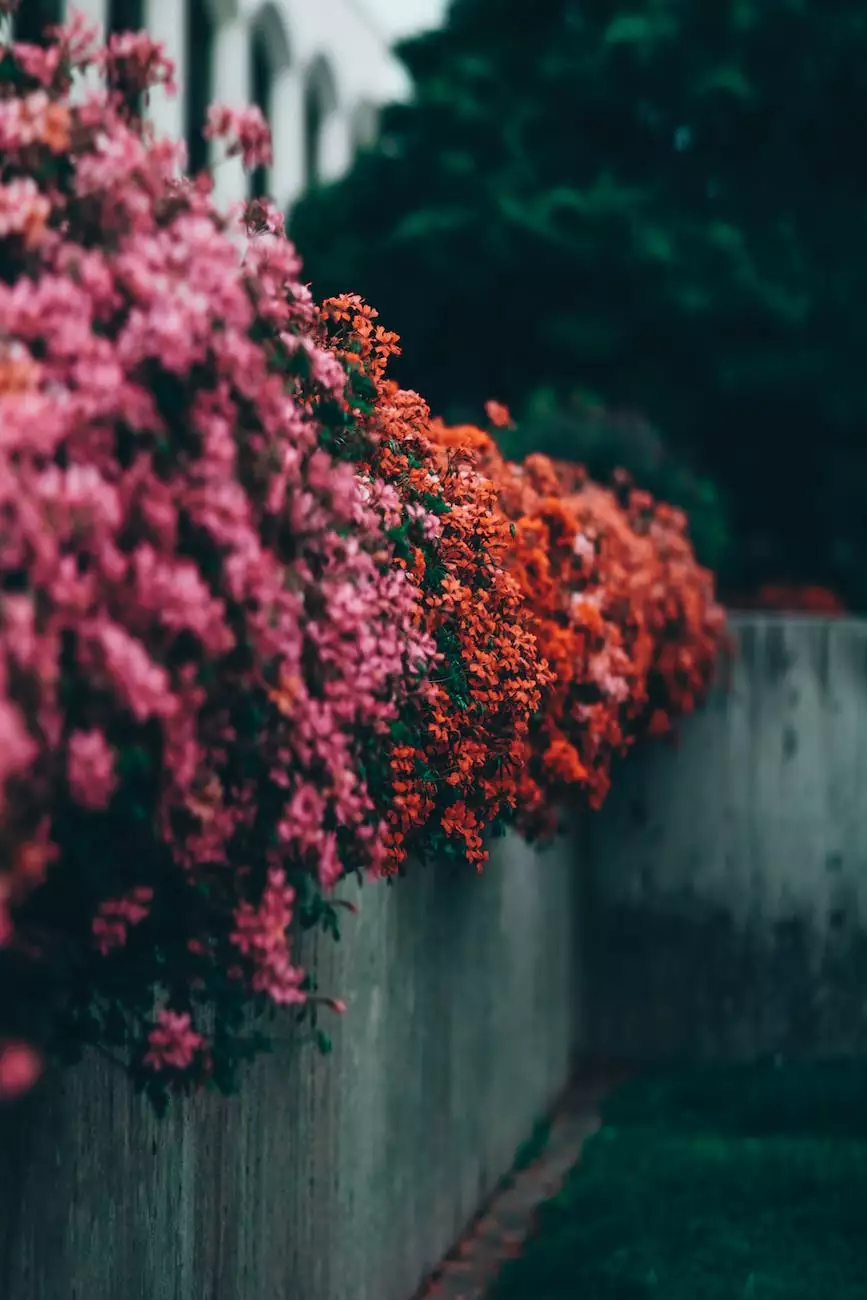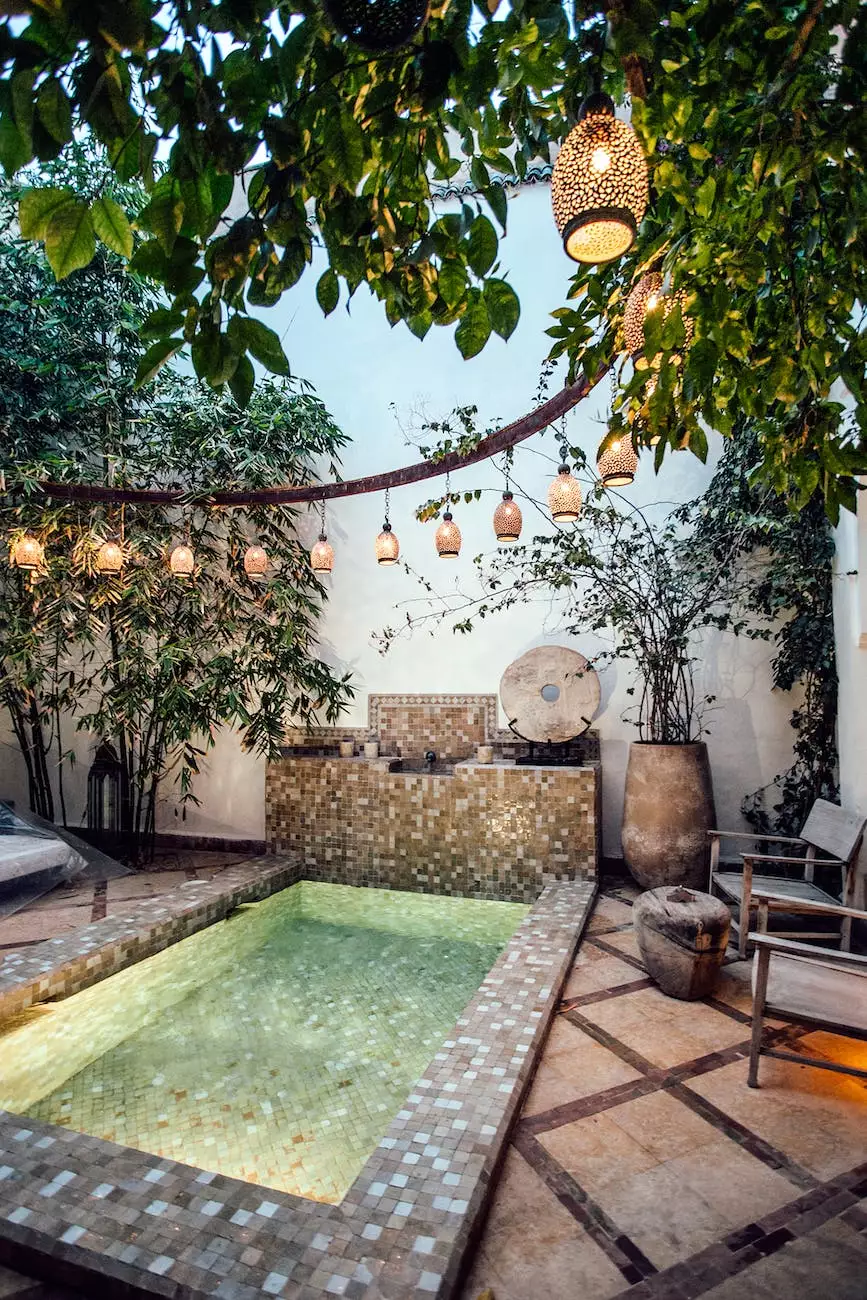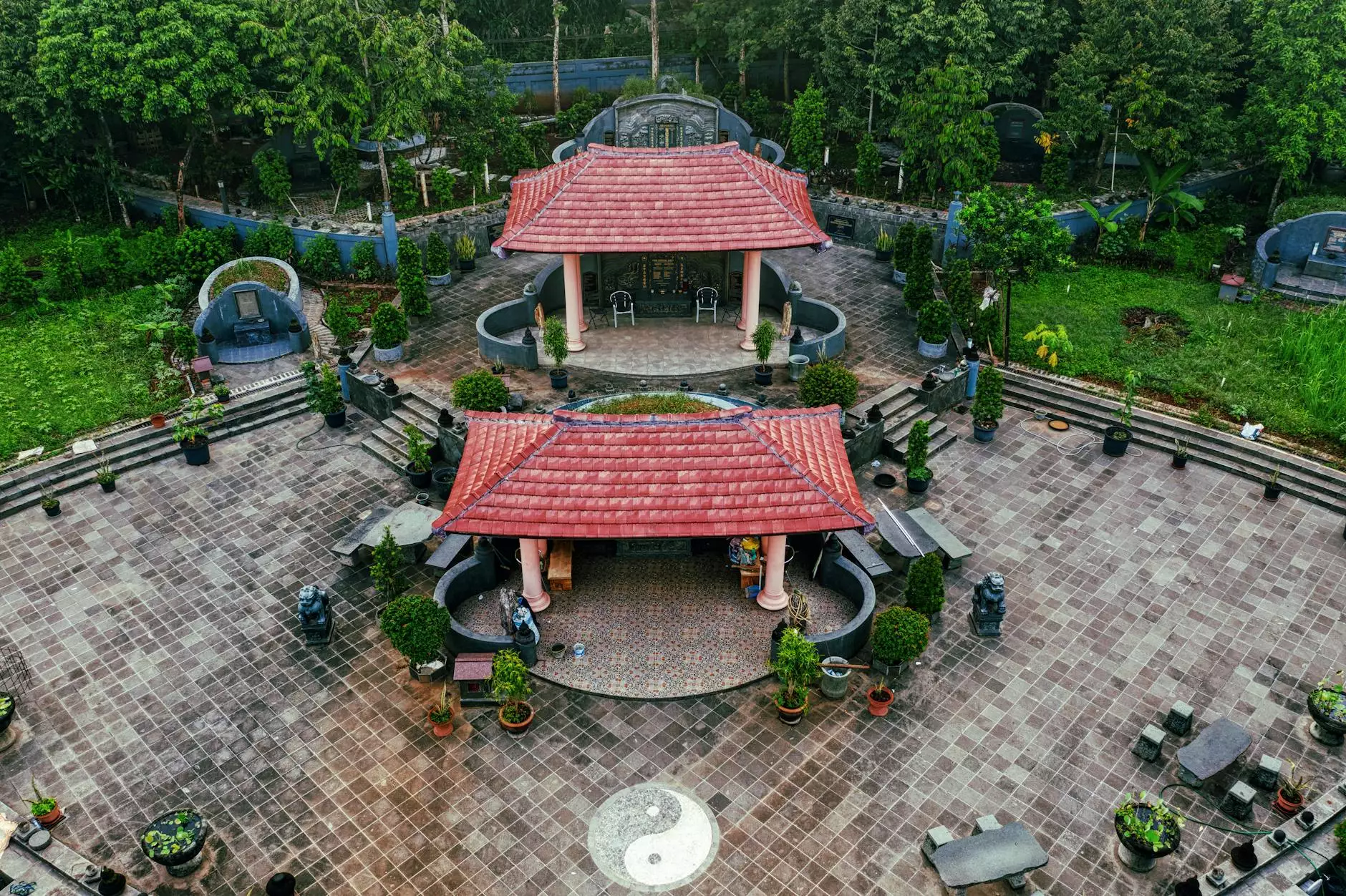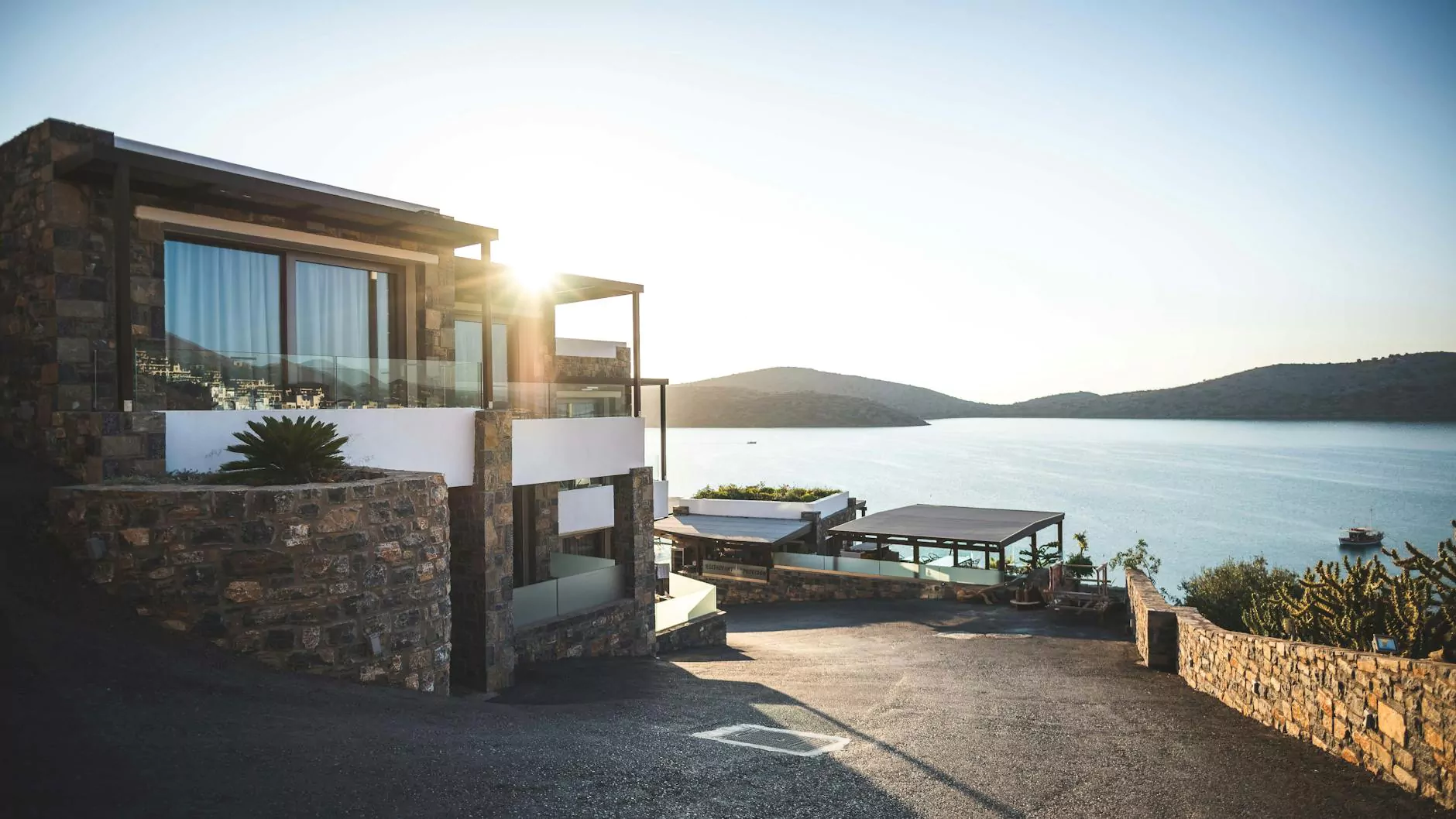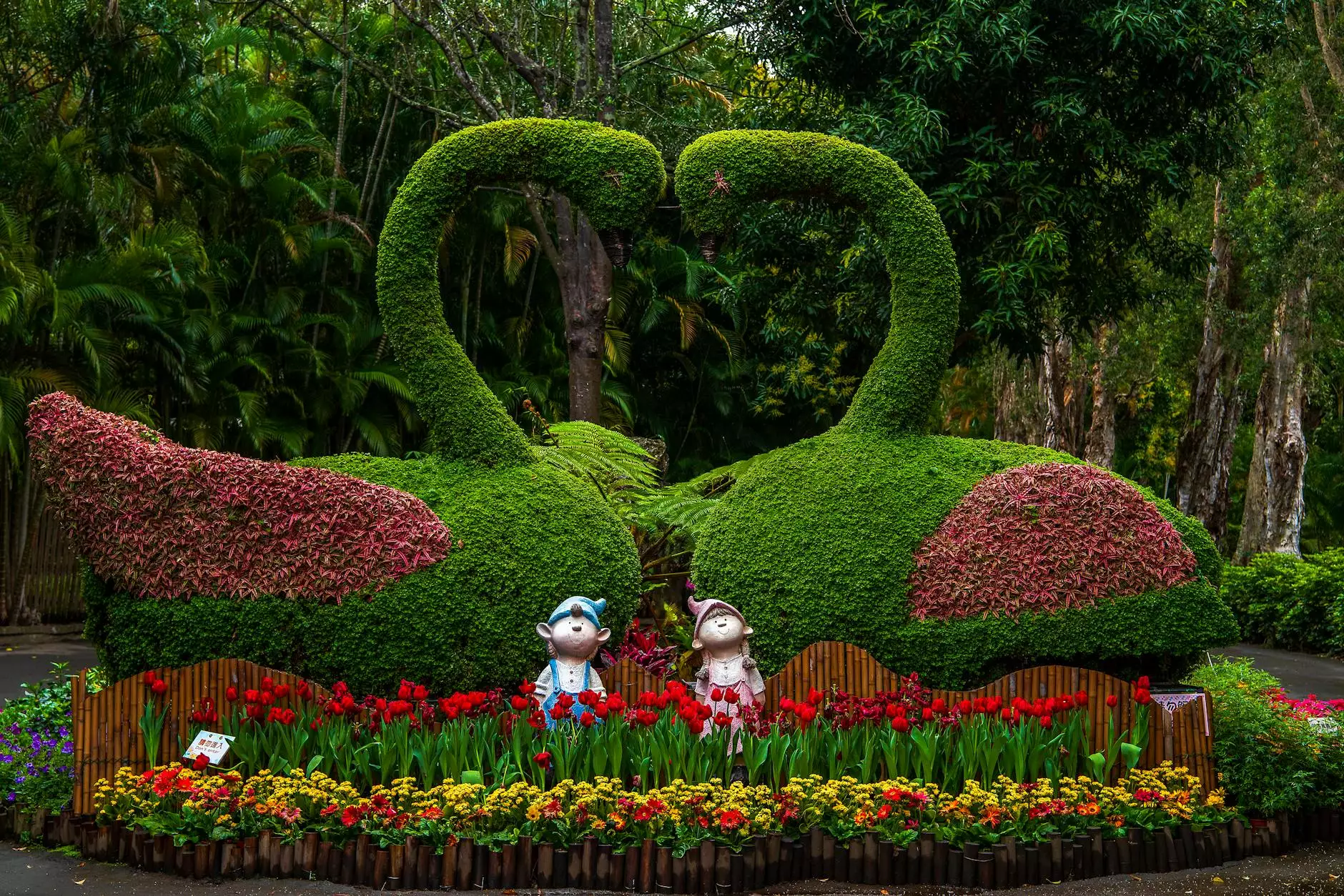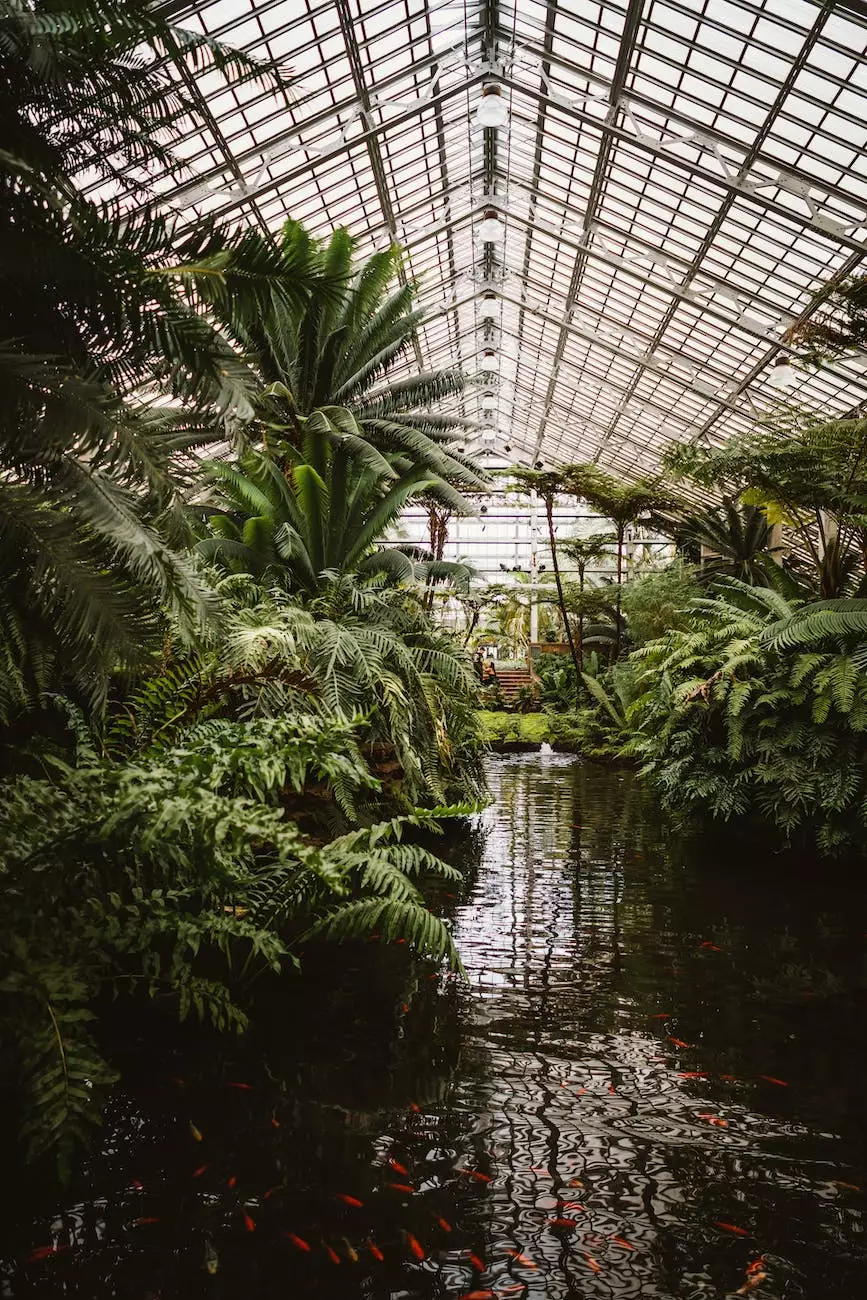WHAT IS SUSTAINABLE LANDSCAPE DESIGN?
Custom Outdoor Patio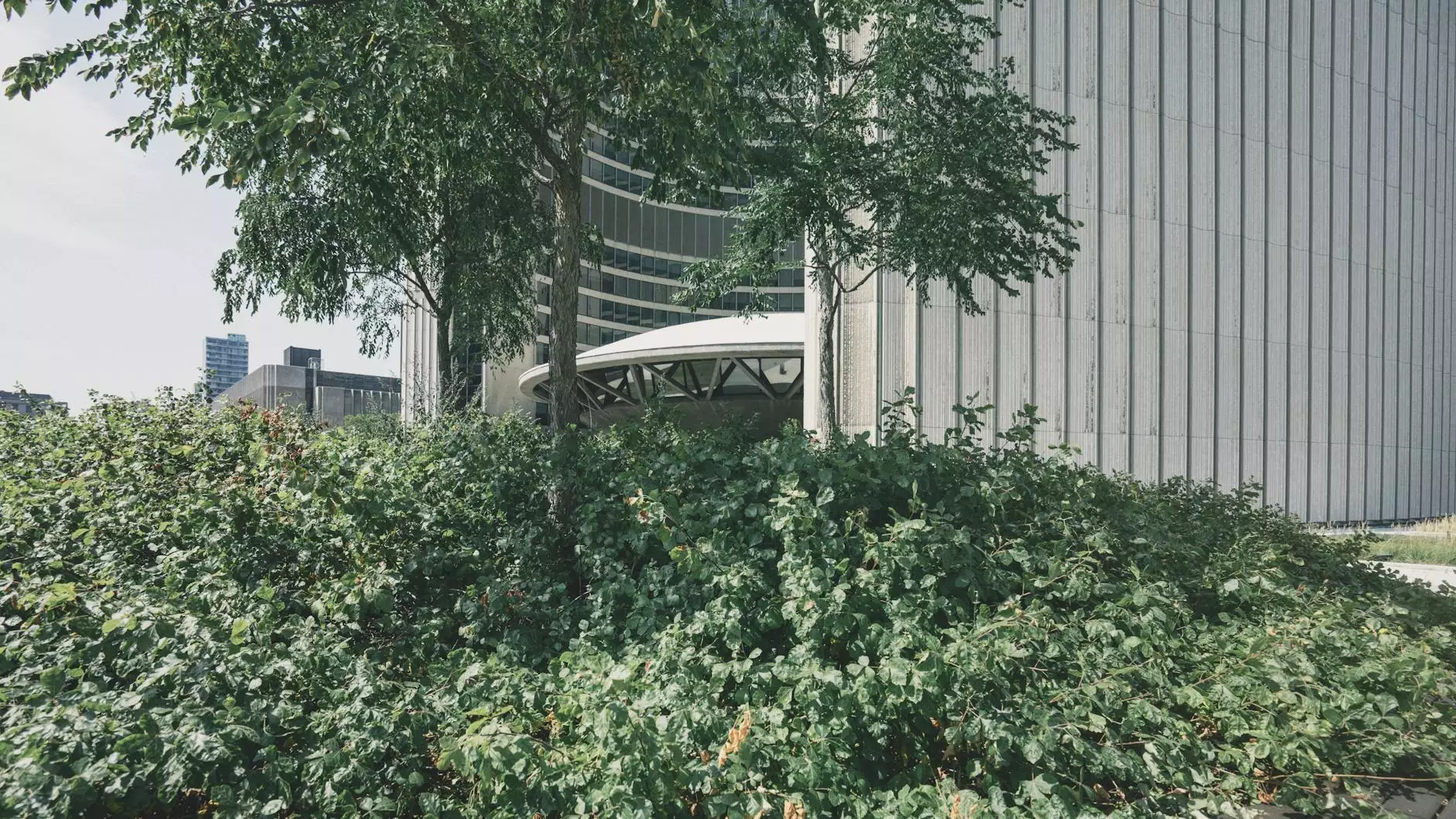
Welcome to American Pond & Gardens, your go-to home and garden - gardening resource for all your landscaping needs. In this article, we will explore the concept of sustainable landscape design and its numerous benefits for your garden. Whether you are a seasoned gardener or a beginner, understanding sustainable practices will help create a beautiful and eco-friendly outdoor space.
The Basics of Sustainable Landscape Design
Sustainable landscape design is an approach that aims to create outdoor spaces that are both visually appealing and environmentally friendly. It involves using techniques and materials that minimize harm to the environment and promote ecological health. By implementing sustainable practices, you can conserve resources, reduce water usage, and support native wildlife.
Benefits of Sustainable Landscape Design
1. Environmental Conservation: One of the key benefits of sustainable landscape design is its positive impact on the environment. By using native plants, conserving water, and reducing the use of chemical fertilizers and pesticides, you can protect natural resources and minimize the pollution of waterways.
2. Energy Efficiency: Proper placement of plants and trees can provide natural shade and insulation, reducing the need for artificial cooling and heating in your home. By optimizing your landscape design, you can lower energy consumption and decrease utility bills.
3. Water Conservation: Sustainable landscape design incorporates practices like rainwater harvesting, drip irrigation, and choosing drought-tolerant plants. These measures help maximize water efficiency and reduce water waste, especially in areas prone to drought.
4. Wildlife Habitat: By including native plants in your landscape design, you can provide a habitat for local wildlife, such as birds, butterflies, and pollinators. Creating a biodiverse environment supports the natural ecosystem and promotes biodiversity.
Implementing Sustainable Landscape Design
To achieve a sustainable landscape, consider the following elements:
1. Native Plants
Choose plants that are native to your region as they are well-suited to the local climate and require less maintenance. Native plants also support local wildlife and help preserve biodiversity.
2. Water Conservation
Install efficient irrigation systems like drip irrigation or smart sprinklers to minimize water usage. Collect rainwater for irrigation or incorporate permeable surfaces that allow water to infiltrate the soil easily.
3. Soil Health
Maintaining healthy soil is essential for a sustainable landscape. Use organic mulch and compost to enrich the soil, improve water retention, and promote healthier plant growth.
4. Reduce Chemical Usage
Avoid using synthetic fertilizers and pesticides that can harm the environment and impact human health. Instead, opt for natural alternatives or adopt integrated pest management strategies.
5. Efficient Lighting
Install energy-efficient outdoor lighting solutions, such as LED fixtures, that consume less power. Consider motion sensors or solar-powered lights to conserve energy and reduce your carbon footprint.
Conclusion
Sustainable landscape design is not only aesthetically pleasing but also beneficial for the environment and your overall well-being. By implementing eco-friendly practices, you can create a beautiful garden while minimizing your ecological footprint. At American Pond & Gardens, we are committed to helping you incorporate sustainable principles into your landscaping projects. Contact us today for expert advice, high-quality products, and innovative ideas to transform your outdoor space.


